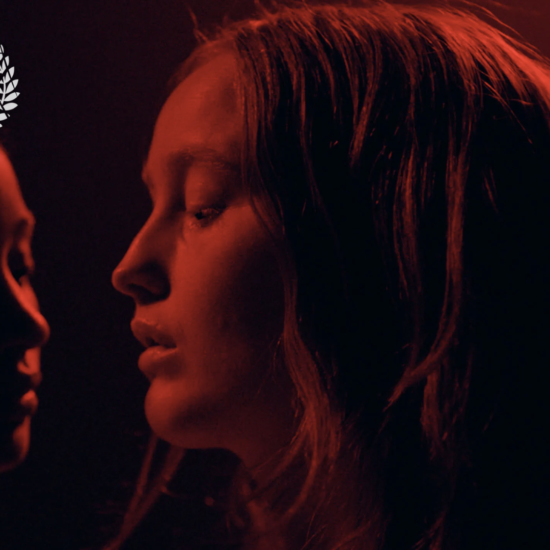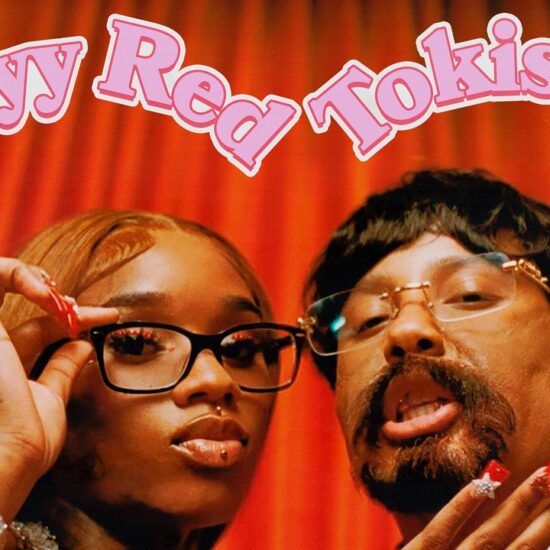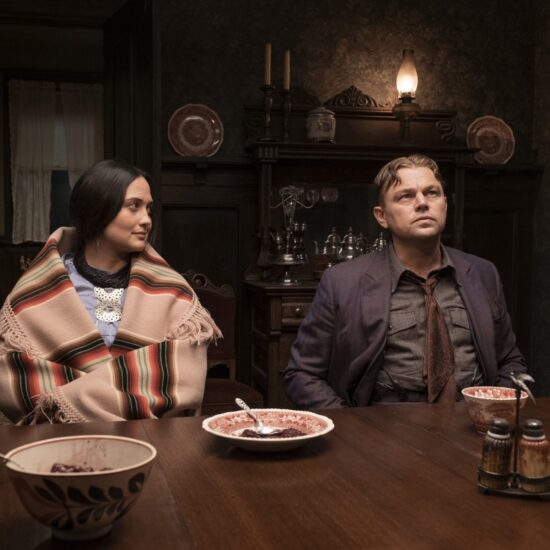![[BOOK REVIEW] A Sense of Dread: Getting Under the Skin of Horror Screenwriting by Neil Marshall Stevens [BOOK REVIEW] A Sense of Dread: Getting Under the Skin of Horror Screenwriting by Neil Marshall Stevens](https://timewarnerent.com/wp-content/uploads/2023/02/BOOK-REVIEW-A-Sense-of-Dread-Getting-Under-the-Skin.png)
As a filmgoer many people are willing to be frightened and induce anxiety and be sickeningly entertained through horror cinema? But why go out of your way to scare yourself? On the other side, many others in society consider horror films to be depraved and lead to copycat crimes. I am not one of those individuals. I love horror. I love gore. I love watching and telling horror stories. I love being scared in the dark by sounds and images from the silver screen.
Other than being entertained on a primal level, horror cinema distracts me from my own mortality too. This artificial dread paradoxically relieves me from the fear of the end. It’s a way for me to face my fears head on, but safely hidden behind my popcorn.
Further, the horror genre provides one of the most shared experiences for audiences at the cinema. Collectively, this group experience scares us and provides ultimate relief by the time one leaves the cinema. Indeed, horror films are often a staple for teens or young adults looking for thrills on a Friday or Saturday night. They can also make great date movies that allow you to get closer to someone as you both share the fear in front of you.
Don’t ever forget that horror cinema is big business. Often on a very low budget. The Blair Witch Project (1999), Eraserhead (1977), Paranormal Activity (2007) and the seminal, Night of the Living Dead (1968) are all great examples of low-budget horror films which did incredible numbers at the box office. Which is why if you’re a horror screenwriter or looking to get into creating fear on screen, A Sense of Dread: Getting Under the Skin of Horror Screenwriting by Neil Marshall Stevens is an invaluable guide to get you started.
Neil Marshall Stevens is a screenwriter and film lecturer with many credits to his name. His book explores the nature of fear and developing the concept of fear within the horror genre. The opening chapters look at the science and biology of what scares us as a species. Are we born with such fears, or do we learn them? After which the writer digs downs into the specifics of what scares people and animals. We are animals after all. This takes in a plethora of phobias, creepy crawlies, urban legends, and things that go bump in the night. Stevens also superbly analyses the many fears prevalent within the real world and our nightmares. The final chapter exercises further cement the theories and concepts with valuable practical advice.
The second half of the book introduces the brilliant idea of the ‘Toolbox of Dread.’ Here Stevens takes some famous horror films and horror conventions and illustrates how filmmakers unnerve and frighten audiences. The ratcheting of suspense, fake tension and the classic jump scare are all explored in depth. These chapters certainly gave me great confidence when I write my next horror screenplay.
Stevens also further develops these ideas in analysing a treatment and scenes from his unproduced screenplay Horrorvision. Not only does this provide an excellent insight into the writing process, but it drills down into how to create tension and dread on the page. Ultimately, Stevens developed Horrorvision in 2000, but it never went into production due to the budget size being too similar to another project.
I really connected with this book. It gave me a whole new set of approaches and ideas to bring to my next horror projects. It is written in an intelligent and digestible style and gave me a renewed appreciation of the horror film genre. Yes, of course many horror films can be exploitative and often produces some truly terrible movies. However, when directed by the horror experts such as: George A. Romero, James Wan, Ari Aster, John Carpenter, David Cronenberg, Wes Craven, Sam Raimi, and Julie Ducournau, to name a few, horror becomes a powerful and primal expression of the cinematic form.
Buy the book from here.
Publication from MWP.
Michael Wiese Productions (MWP) was launched in San Francisco in 1976 primarily to produce films. Today, the company is known worldwide having published some 200 books. Some of the bestsellers have been translated into 28 languages, are used in over 1000 film courses, in the Hollywood studios and by emerging filmmakers.
Paul Laight is a screenwriter, filmmaker and blogger. In 2005, he formed Fix Films and has written and produced many shorts and other promos. Many of his films have been screened all over the world at various film festivals. Paul is currently working on feature and short film scripts for future productions. His work can be found here: https://www.youtube.com/c/FixFilmsLtd and here https://thecinemafix.com/















